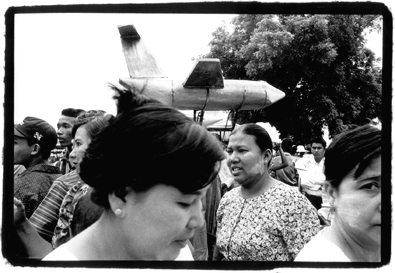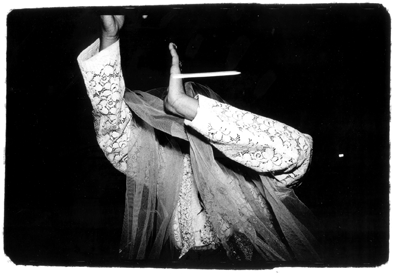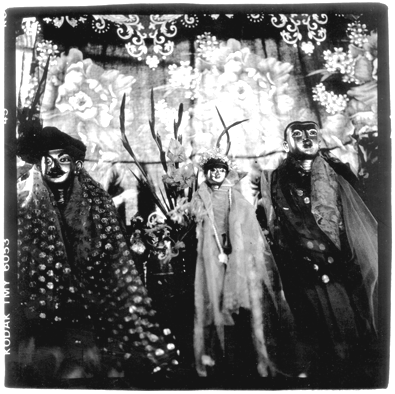
| By AUNG LWIN OO | AUG, 2004 - VOLUME 12 NO.8 |
A village celebrates its invisible rulers.
Text By Aung Lwin Oo and photos by Olivier Pin-Fat
 |
|
For five days each year Taung Pyone village becomes a fairground. |
They are said to have been executed by the 11th century Pagan ruler King Anawrahta for failing to help in the construction of a chedi to enshrine Buddha relics. The story is kept alive today by the symbolic absence from the ancient chedi of two bricks which the two brothers were instructed to contribute.
According to traditional lore, the spirits of the brothers appeared before King Anawrahta and begged for pardon. The king granted their wish and allowed them to rule over Taung Pyone, whose villagers still hold the two in awe.
But not only the villagers keep the memory of the brothers alive. Thousands of pilgrims from all over
The festivities are arranged and led mostly by the so-called nat kadaw, women “married” to nats. They enact scenes from the story of the two brothers—and, since one of the men reputedly liked to drink, quite a lot of alcohol is consumed!
 |
|
A nat kadaw dances. |
“I saw nat kadaws dancing at shrines and some onlookers joined in the dancing, claiming that they were possessed by nats,” recalled one pilgrim.
Wooden figures of the two brothers in warrior garb are paraded, and just touching the effigies is believed to ensure good luck.
The rituals and the offerings—made through the intervention of the nat kadaw—are also necessary to ward off bad luck. Taung Pyone is kept clean and tidy by devotees who believe they are descendants of king Anawrahta’s serving men—wary of sharing the fate of the two disobedient brothers.
One
 |
|
Nat images in Taung Pyone. |
 |
|
Blessed by the nats, in Taung Pyone’s main shrine. |